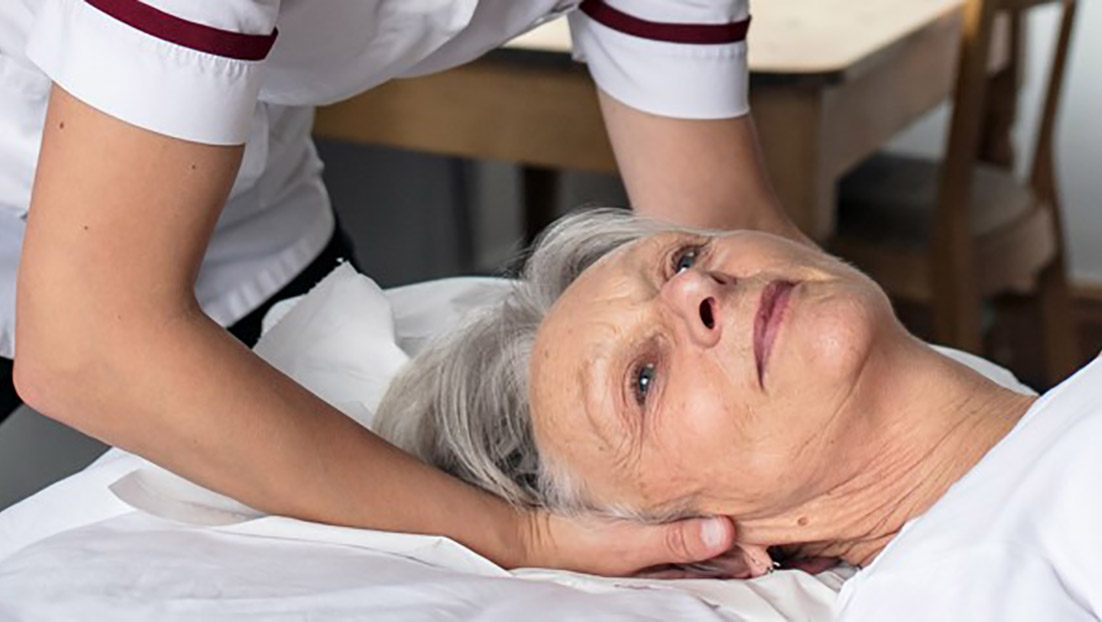
What’s going on?
Shoulder Impingement Syndrome (SIS)
This is one of the most common problems we treat. It happens when the rotator cuff tendons get trapped as they pass through the shoulder joint in a narrow bony space called the sub-acromial space.
Repeated pinching and irritation of these tendons and the bursa (the padding under the shoulder bone) can lead to injury and pain.
If you suffer from SIS, you’re likely to have pain when you put your hands behind your head, behind your back, or if you lift your arm above your shoulder. Maybe a weakness or pain when trying to reach or lift something. You might also have pain that extends from the top of the shoulder to the elbow and find it difficult to roll over or sleep on the shoulder that’s hurting.
SIS can be caused by a variety of things such as:
- Overuse causing irritation of the structures in the shoulder joint – this is a common injury in swimmers, tennis players and people who make repetitive overhead movements
- A trauma such as an accident or a fall
- Shoulder instability including rotator cuff weakness or capsule laxity
- Bone spurs caused by wear and tear of the joint between the collarbone and the shoulder blade
- Poor posture
Thoracic Outlet Syndrome (TOS)
This is caused when blood vessels or nerves in the space between the collarbone and the first rib are compressed.
This can mean shoulder and neck pain, tingling or weakness in the arm, and numbness in the fingers. And is often worse when you raise your arms.
TOS can start if you have a seatbelt injury from a car accident, a repetitive strain injury from work or sports, a fractured clavicle, poor posture with slouching shoulders or if you have a cervical rib – an extra rib extending from the neck.
How can osteopathy help with shoulder pain?
Treatment will focus on improving the range of movement you have in the shoulder joint, as well as helping to relieve pain and stiffness. We’ll give you a tailored exercise programme to build up the strength in the muscles of the rotator cuff, which in turn will help control the stability of the shoulder joint.
Osteopathy can also correct the ‘dropped shoulder’ position, strengthen the muscles which stabilise the shoulder blade and mobilise the thoracic spine and first rib. We may also give you advice on your posture, information about neural gliding exercises, or suggest you take a break from any activities that are aggravating the problem.
Book an appointment if you’re struggling with shoulder pain.
Or if you still have questions about osteopathy and if it’s right for you, why not give us a call for a chat?






